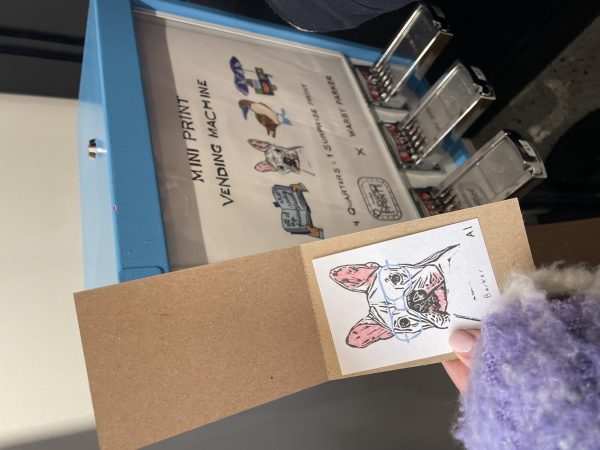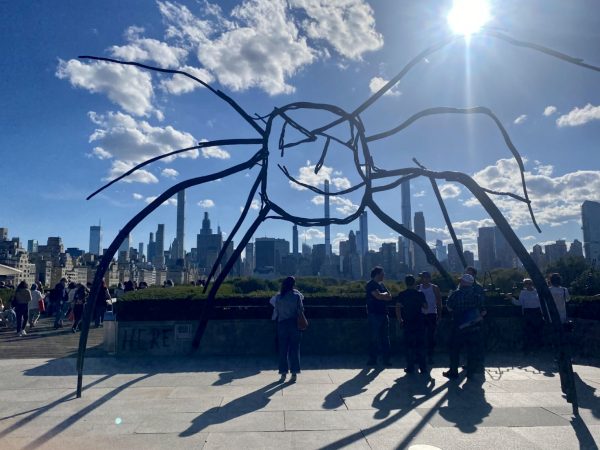Classics Club Visits the Met Chroma Exhibit
Fordham’s Classics club made a trip to the Metropolitan Museum of Art on Sunday, Sept. 25. They went in order to see the new Met Chroma exhibit. The exhibit, officially called “Chroma: Ancient Sculpture in Color,” includes recreations of classic Greek and Roman sculptures in color. Before the excursion, I had the opportunity to interview club president Samantha Armacost, FCRH ’24, and vice president Madison Ryan, FCRH ’23, about the exhibit.
The first question I asked was why they chose to attend the Met’s Chroma exhibit. Both Armacost and Ryan agreed that, with it being the first club trip of the semester, it was the perfect opportunity to expose new members to something the classics club is all about: the appreciation of Greek and Roman culture.
Armacost said, “The idea of sculptures and paintings are interesting, something of common interest for the club’s demographic. It’s a classics focused exhibit and it would expose them to more than the blank marble statues they’re used to seeing.” It was clear both e-board members are passionate about their club and are dedicated to sharing their passions, using this experience to create intrigue and desire to learn more about the cultural aspect of the classics.
When asked how the exhibit shifts our perception of ancient Rome and Greece, both made it clear that it would create more of an appreciation for the artists at the time. “People already admire the life-like sculpting, but when adding the color accuracy on top of that, it amplifies the skills of those artists, which is pretty cool,” said Ryan.
Armacost added, “We don’t truly see the talent of the artists until you’re physically in front of it. Although the white marble look is beautiful in itself, when the color is added it completely changes the vibe and gives a new perception on ancient Greek and Roman art. The statues without color have god-like appearances, but with the paint it humanizes them, shifting from an unrealistic physical standard to a more relatable one. That, I think, truly shows the skill level.”
The club presidents were absolutely correct when it came to what people would get out of this trip. After having gone to the Met and visiting the Greek and Roman exhibit countless times beforehand, the new Chroma exhibit was a breath of fresh air. I, along with other members and visitors, stood in awe at each new piece, just imagining the talent it takes to create something so detailed and lifelike at such an old time. The smallest details of the skin tones, the patterns on a vase or even drops of blood on a boxer, were unbelievable to witness in person standing besides the typical plain white marble. The Met did an amazing job with the replications, all thanks to the Aretê Foundation/Betsy and Ed Cohen.
If you have an interest in Greek and Roman culture or simply just like visiting museums, I highly recommend stopping by the Chroma exhibit. It’ll help you see ancient sculptures and their creators in a new light.












































































































































































































